
The diesel is not dead yet – far from it. Australians bought 379,512 diesels in 2023, with the best-selling vehicle – the Ford Ranger – predominantly diesel powered.
Sales of diesel-powered SUVs and light commercial vehicles increased in the first quarter of 2024, too, with total diesel volume up 13.8 per cent over that period.
Here’s what car makers hope will keep diesel-power front and centre of Australia’s sale charts in 2024 and into 2025.
Jump Ahead
- BMW X3
- Ford Tourneo
- Ford Transit
- GWM Cannon Alpha
- Ineos Quartermaster Chassis Cab
- Kia Tasman
- Mazda CX-70
- Mazda CX-80
- Nissan Navara
- Toyota LandCruiser Prado
- Volkswagen Multivan
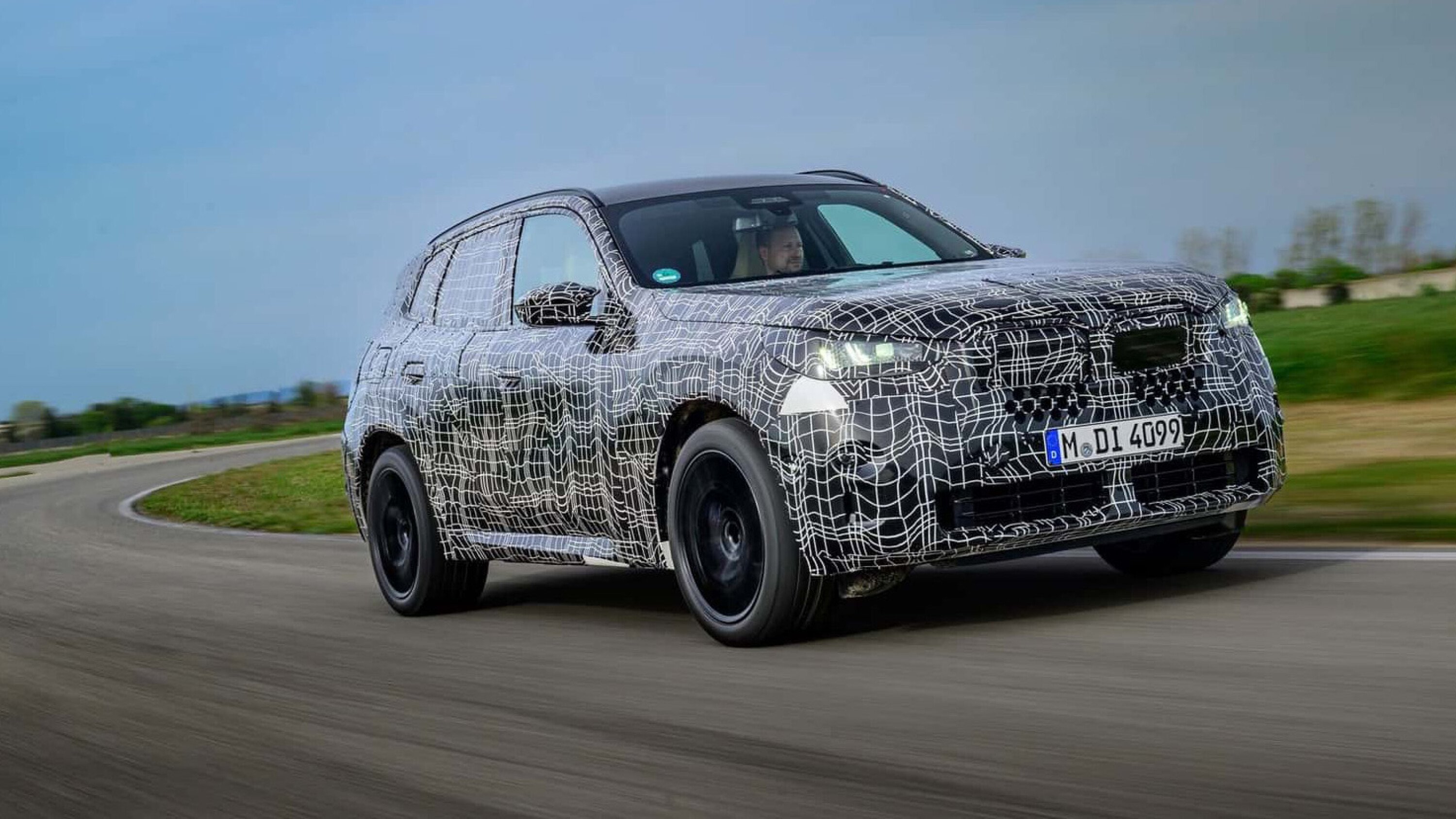
BMW X3
The next-generation BMW X3 SUV will be unveiled mid-2024 before making its showroom start in 2025.
We know it will be bigger, more aerodynamic and with further safety tech, and while we don’t know powertrain specifics, plug-in hybrid and electric versions are still likely to be joined by a diesel engine.
BMW currently sells the outgoing X3 locally in both diesel and hybrid form, and the company hasn’t set an ‘end of internal combustion’ deadline for its global production just yet.
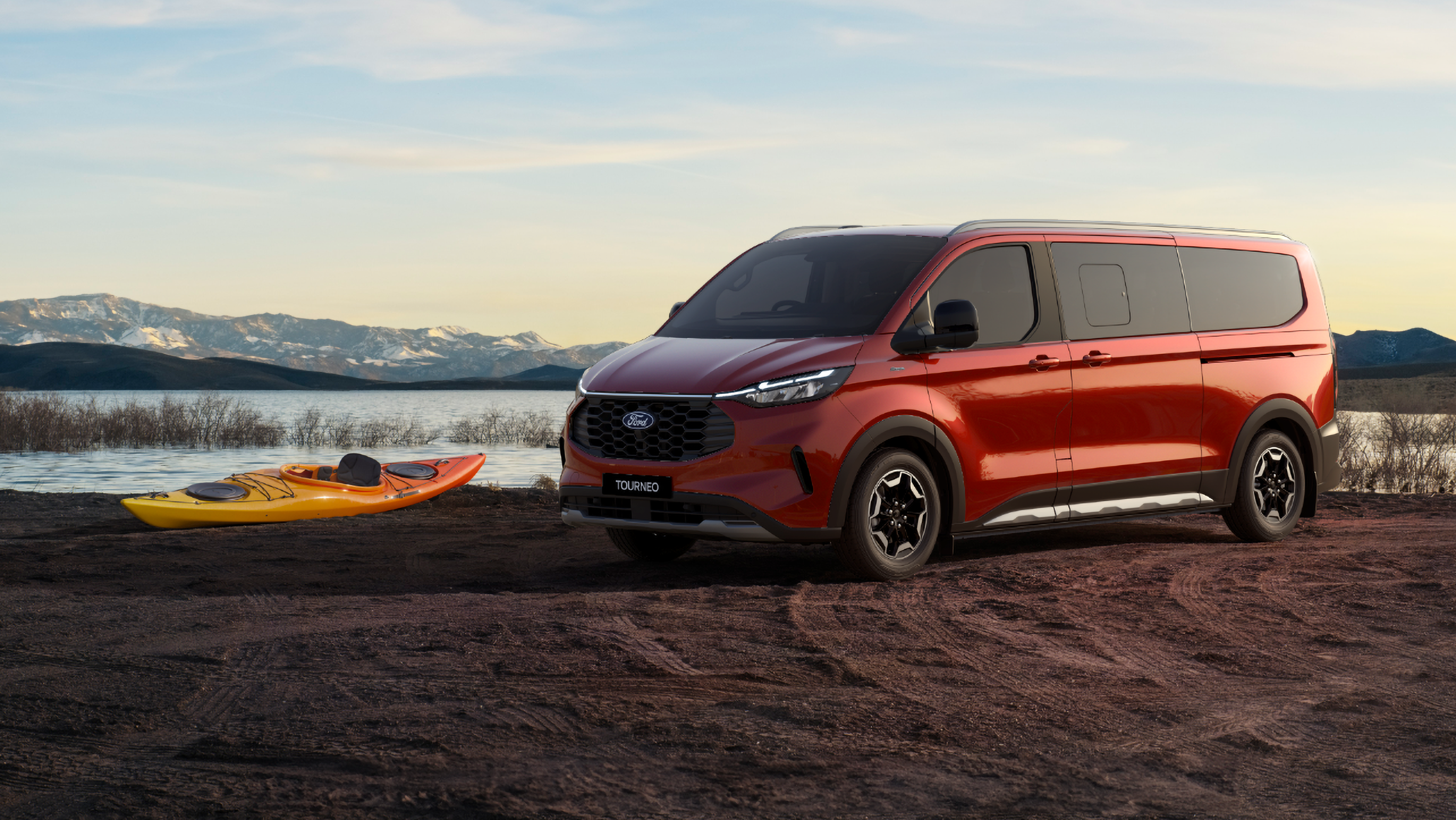
Ford Tourneo (Q4 2024)
Ford Australia is bringing the passenger version of the Transit to Australia for the first time, priced from $65,990 when it arrives in Q4 2024.
With eight seats – with the second and third row able to be folded flat or removed completely – the Tourneo adds a layer of civility to the already competent Transit as well as mod-cons pitched at families.
It shares the Transit’s 2.0-litre turbodiesel four-cylinder – also found in the Ford Ranger – with an eight-speed auto, but will miss out on the hybrid and electric versions offered elsewhere for the time being.
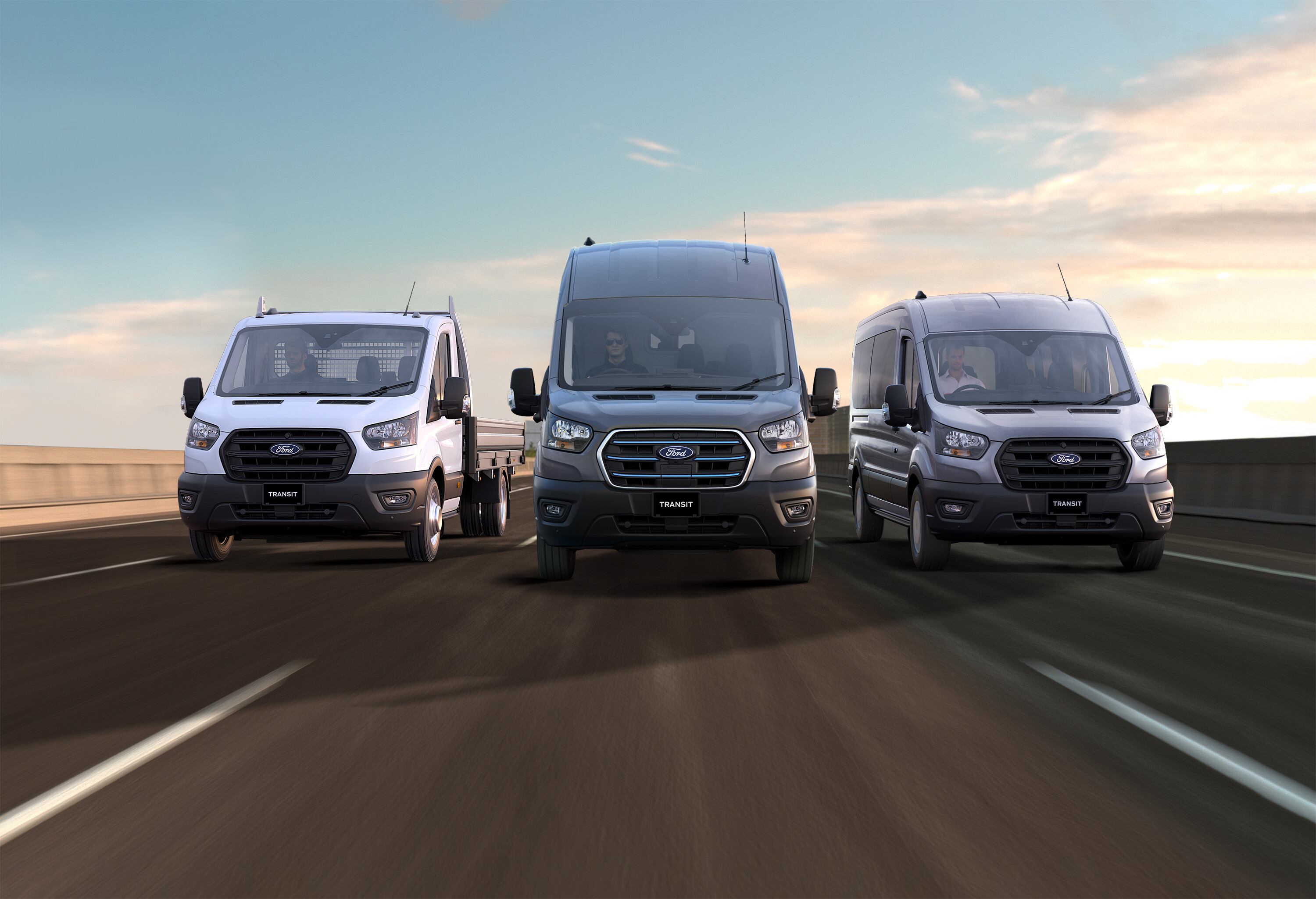
Ford Transit MY2024.75
The updated version of the world’s best-selling van is scheduled for November 2024 with a pared back range and higher starting price.
The manual versions have been dropped – so the $59,990 plus on-roads front-wheel driver starter gets an eight-speed auto in place of the old six-speeder – while the rest of the range is rear-drive.
The 125kW/390Nm 2.0-litre turbodiesel four-cylinder is unchanged across the line-up – let’s ignore the EV flagship for now – with payloads, GVM and towing increases on most versions.
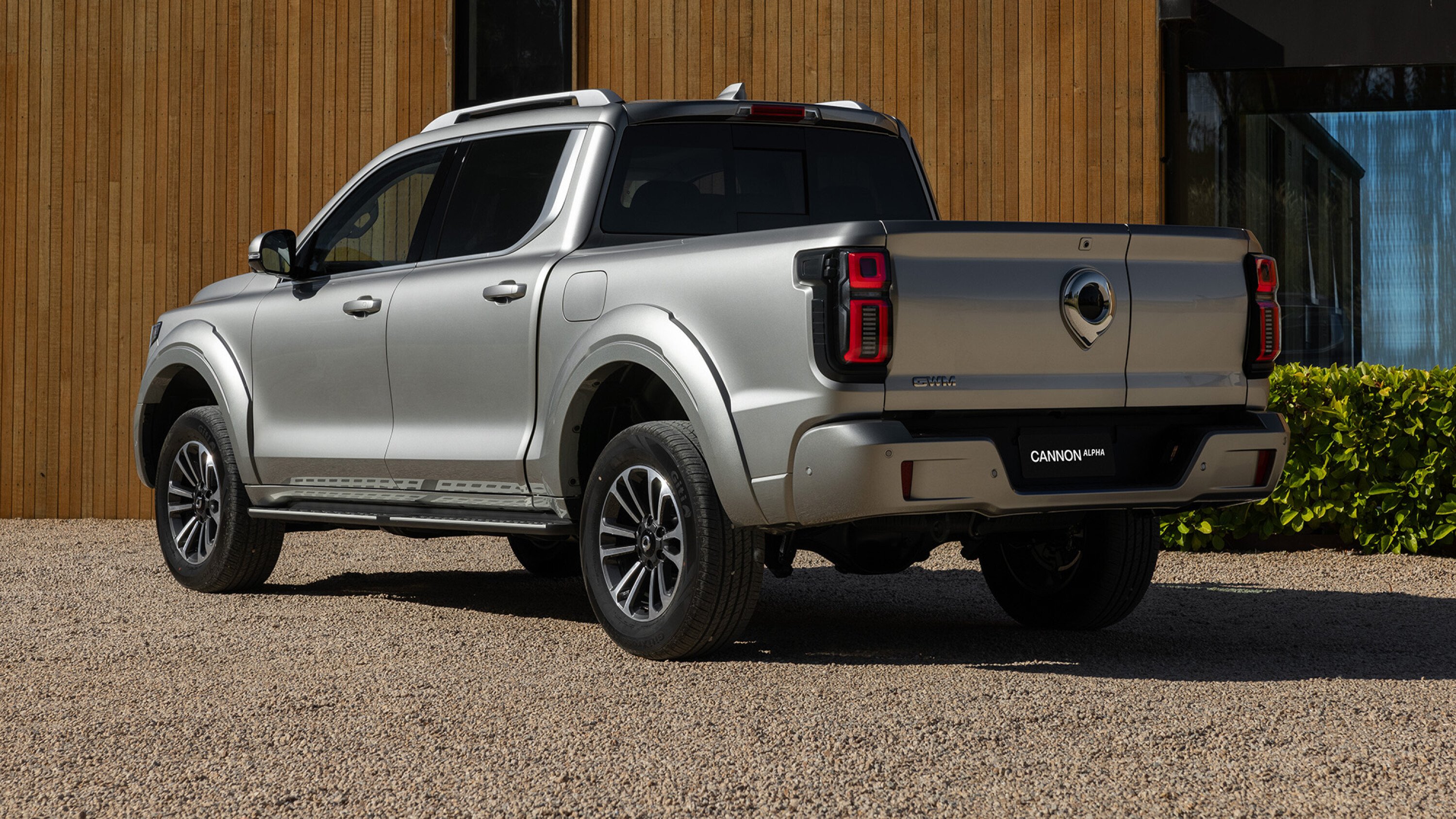
GWM Cannon Alpha
The GWM Cannon ute will get a hybrid – but the diesel will offer greater pulling power, payload and towing capability for a lower asking price.
The $51,990 driveway entry-level Cannon Alpha Lux uses a 135kW/480Nm 2.4-litre turbo-diesel and nine-speed automatic with an 821kg payload against the 255kW/648Nm ‘Ultra’ petrol-hybrid model’s 760kg.
Both diesel and petrol-hybrid come with claims of 800mm water wading, 3500kg braked tow rating, 6555 GCM and 800mm water wading capability.
Yet on paper, the diesel is nearly a litre better on fuel – 9.8L/100km for the hybrid against the diesel’s 8.9L/100km.
It’s also offered in either the base Lux or Ultra spec, the Ultra diesel costing $57,990 driveaway, while the hybrid is only sold in Ultra trim at $64,990.
Even as an entry-level diesel, the Lux also offers a suite of standard tech including a 12.3-inch centre display, wireless Apple CarPlay and Android Auto, reversing camera and adaptive cruise control, as well as seven airbags.
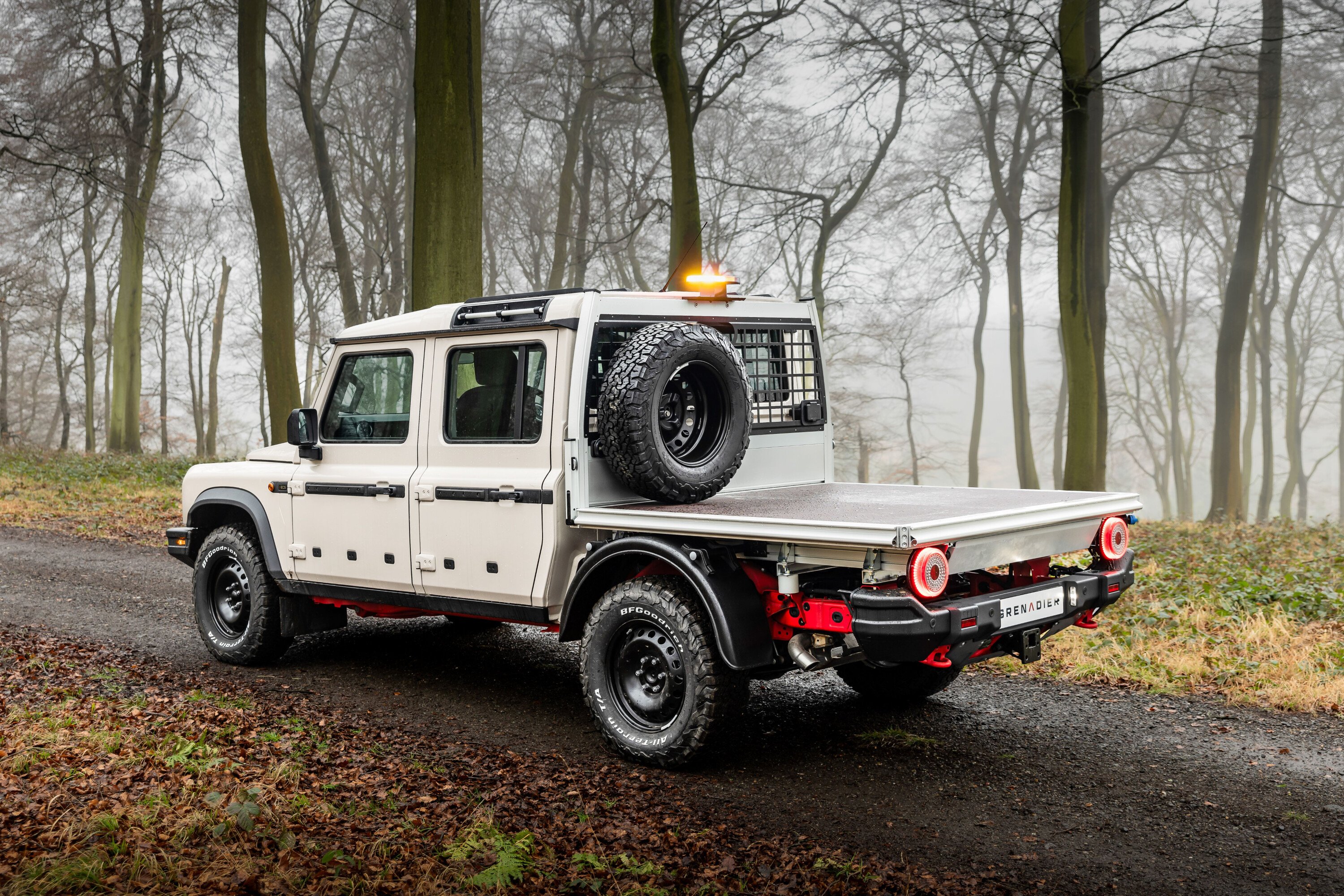
Ineos Quartermaster Chassis Cab
The unashamedly back-to-basic ruggedness of the Grenadier – a contemporary interpretation of the Range Rover Defender – will arrive in Australian showrooms in Q3 2024 as a dual cab-chassis utility.
It uses the same long wheelbase as the Quartermaster pick-up already on sale – matching its 5440mm overall length – to accommodate a rear tray above its torsion-beam, coil-spring rear end.
There’s still five seats and the same choice of diesel and petrol BMW 3.0-litre engines with an eight-speed auto as the Wagon and Pickup, as well as a proper four-wheel drive set-up.
It’ll be priced at $102,000 without a tray and before on-road costs – making it $7000 less than the cheapest pick-up and $8000 below a five-seat Wagon.
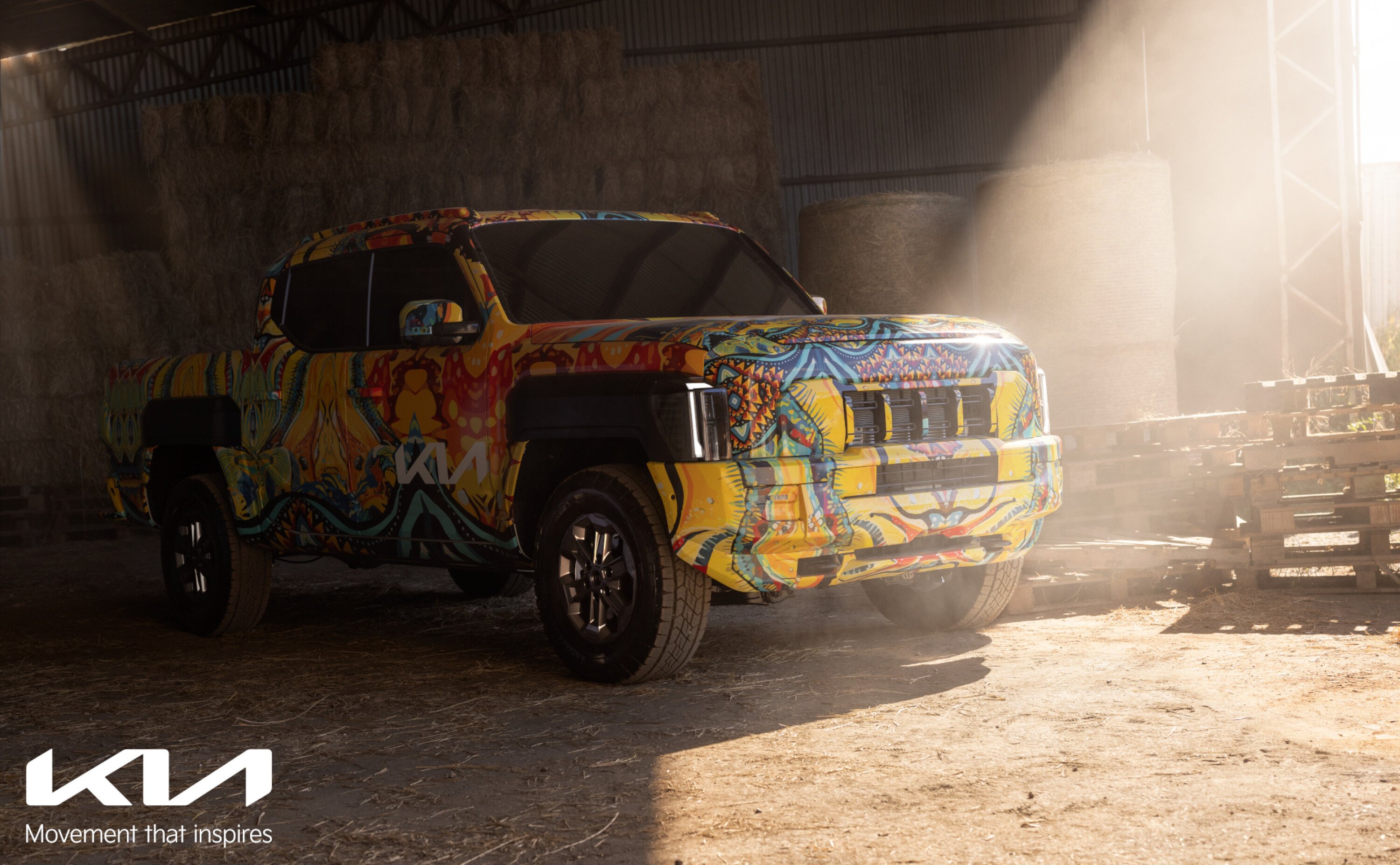
Kia Tasman
Many Australians know about the Tasman thanks to the clever marketing campaign – assembling countless sporting heroes in a classic pub setting, debating what the new ute should be called.
With its Tasman name in place, can the Kia ute bring capability – and more importantly to pass the real-world pub test in 2025?
In its quest to conquer the Ford Ranger and Toyota HiLux – as well as emerging Chinese rivals – the Tasman will offer larger dimensions, but remain smaller than a Ford F-150.
Engine details are yet to be shared, but Kia’s 2.2-litre turbo-diesel four-cylinder fitted in the Carnival people mover (among others) is a strong candidate.

Mazda CX-70
Mazda Australia has confirmed it will bring the five-seat CX-70 SUV to Australia by the end of 2024.
The CX-70 went on sale in the US in early 2024 and is essentially a five-seat version of the three-row CX-90 flagship,. It even uses the same body meaning it has identical external measurements, with negligible differences in the cabin.
A 3.3-litre six-cylinder diesel and petrol engine have been confirmed for Australia – both with 48V ‘mild hybrid’ tech – an eight-speed auto and rear-bias all-wheel drive.
In the US, it’s oddly priced nearly identically to a similarly equipped CX-90, with local pricing yet to be announced.
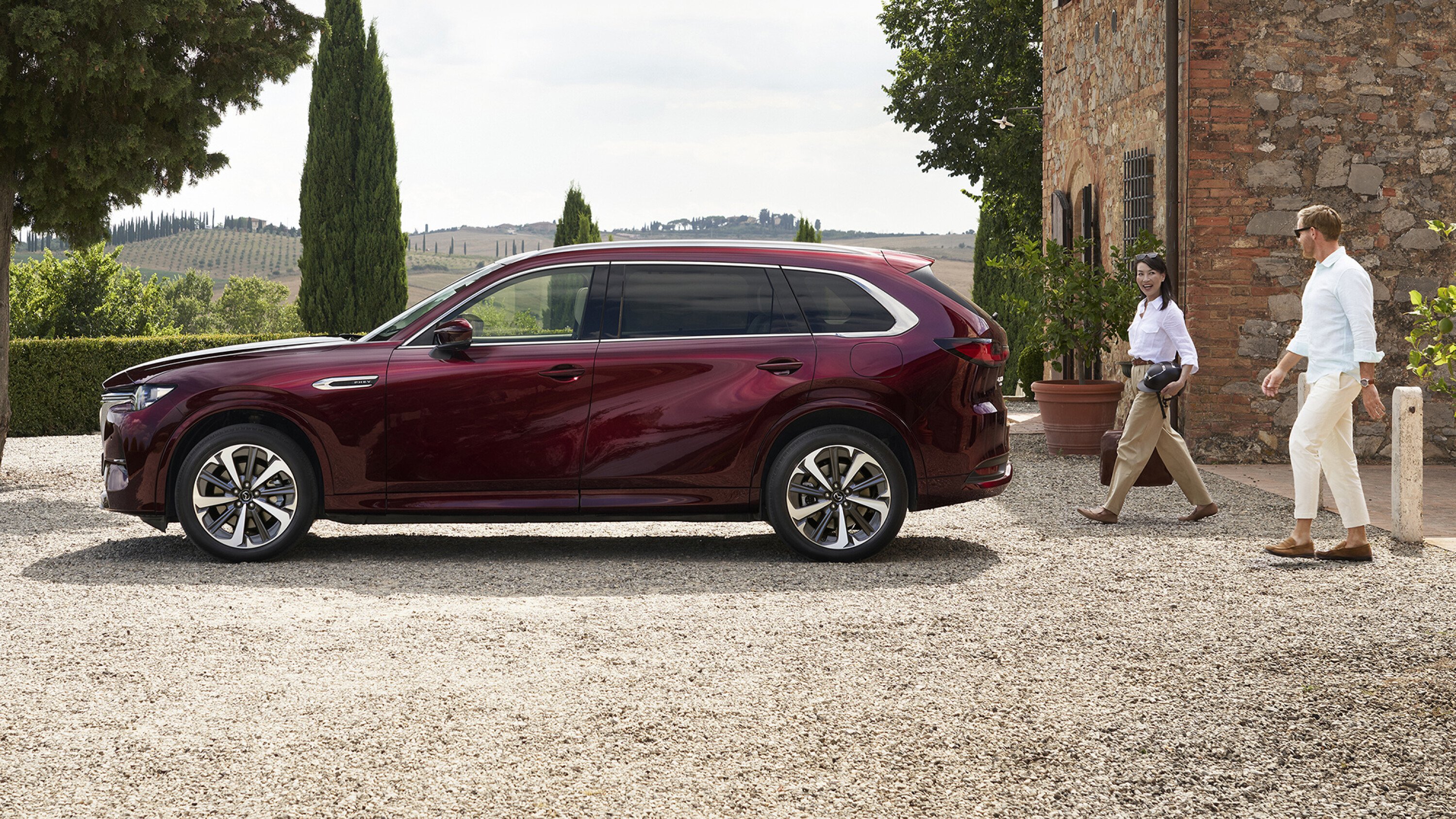
Mazda CX-80
Mazda Australia will offer a plug-in hybrid version of the seven-seat CX-80, but there’s also same 3.3-litre diesel and petrol engines both with mild hybrid tech found under the bonnet of the CX-70.
Think of the CX-80 as a three-row CX-70. Hang on, what’s the three-row CX-90 then?
Mazda Australia’s has admitted there is some ‘overlap’ between all four of its large ‘CX-‘ prefixed SUVs – CX-60, 70, 80 and 90 – with Australia one of the only places to offer all four.
A key difference for the CX-80 is its Europe focus – where the CX-90 targets American buyers – meaning it has a narrower 1890mm-wide body than the CX-90, which spans 1994mm.
The CX-80 is scheduled to arrive in local showrooms by the end of 2024.
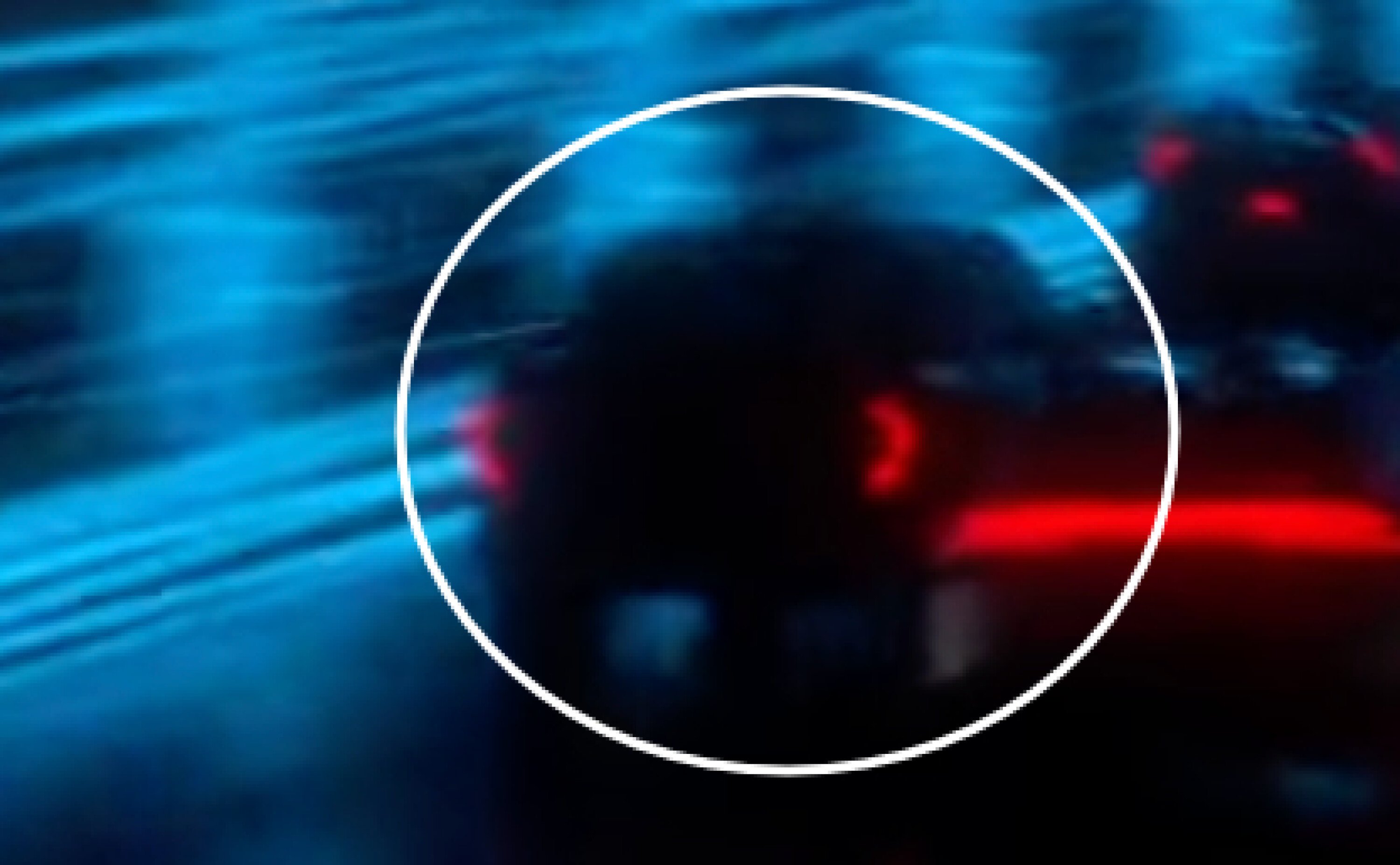
Nissan Navara
The new generation Navara has been teased by the Japanese car maker and will be twinned with the latest Mitsubishi Triton launched earlier in 2024.
How much Triton will be in the new Navara remains to be seen – powertrains may differ, as Ford and Volkswagen have done with the Ranger and Amarok twins, which offer different engines on the same core platform.
What may help that is the new Navara’s US berth – where Triton isn’t sold – giving it the sales opportunity to offer more powertrains for a potential alternative to the Mitsubishi’s 2.4-litre turbo-diesel four-pot.
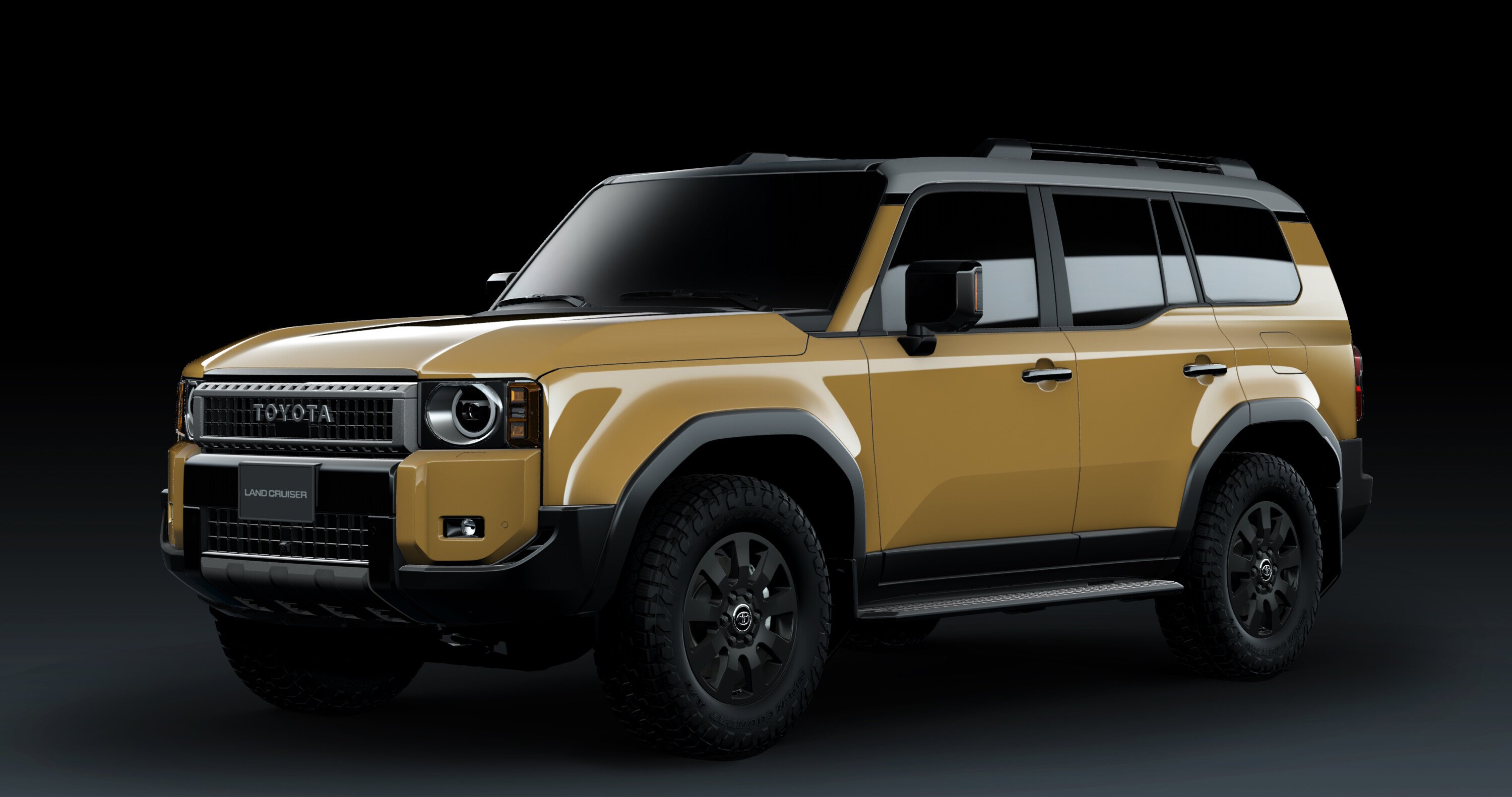
Toyota LandCruiser Prado
An iconic badge within another, the LandCruiser Prado comes with diesel power – with hybrids likely for Australia too – when the new generation lands in June 2024.
Wrapped in a Minecraft-esque blocky exterior package, the first all-new Prado in 14 years carries over the 2.8-litre turbodiesel four-cylinder and six-speed that also sees service in Toyota’s HiLux and Fortuner here, with a six-speed automatic and of course four-wheel drive.
There’s a Lexus version, too – the GX – but it runs V6 petrol power instead.
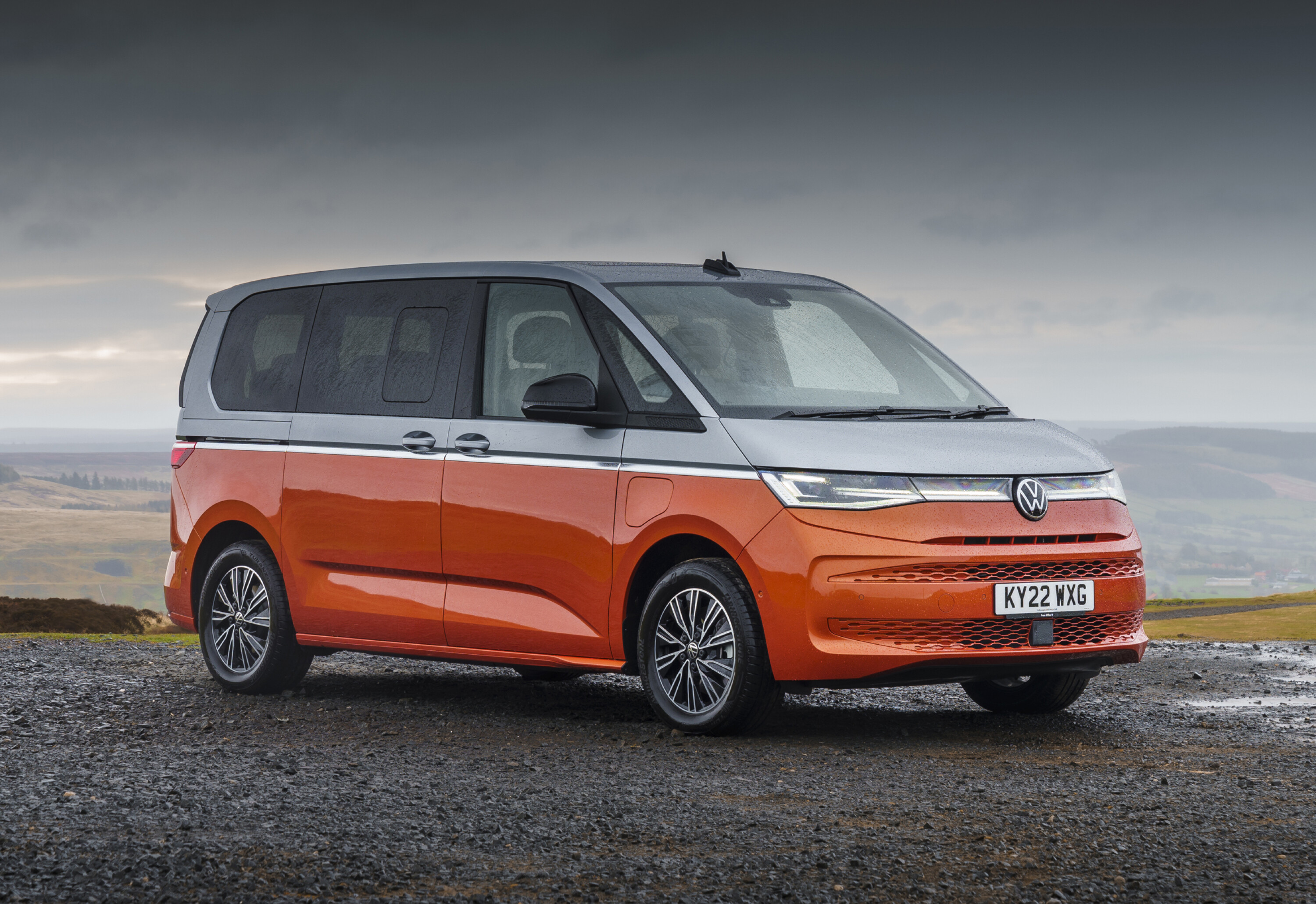
Volkswagen Multivan
The T7 Volkswagen Multivan switches from van-based underpinnings – the first time it has done so in its seven-decade history – to a more dynamic passenger car-focussed base.
The Volkswagen MQB platform the seven-seat T7 Multivan uses promises car-like handling – literally – in a more refined package slightly smaller than its predecessor.
It’s planned for Australia around September 2024, powered by a carryover 110kW/360Nm 2.0-litre turbo-diesel and seven-speed dual-clutch automatic with front-wheel drive.
Hybrid versions may arrive later – or you could look at the Volkswagen California campervan if your budget can make it.




